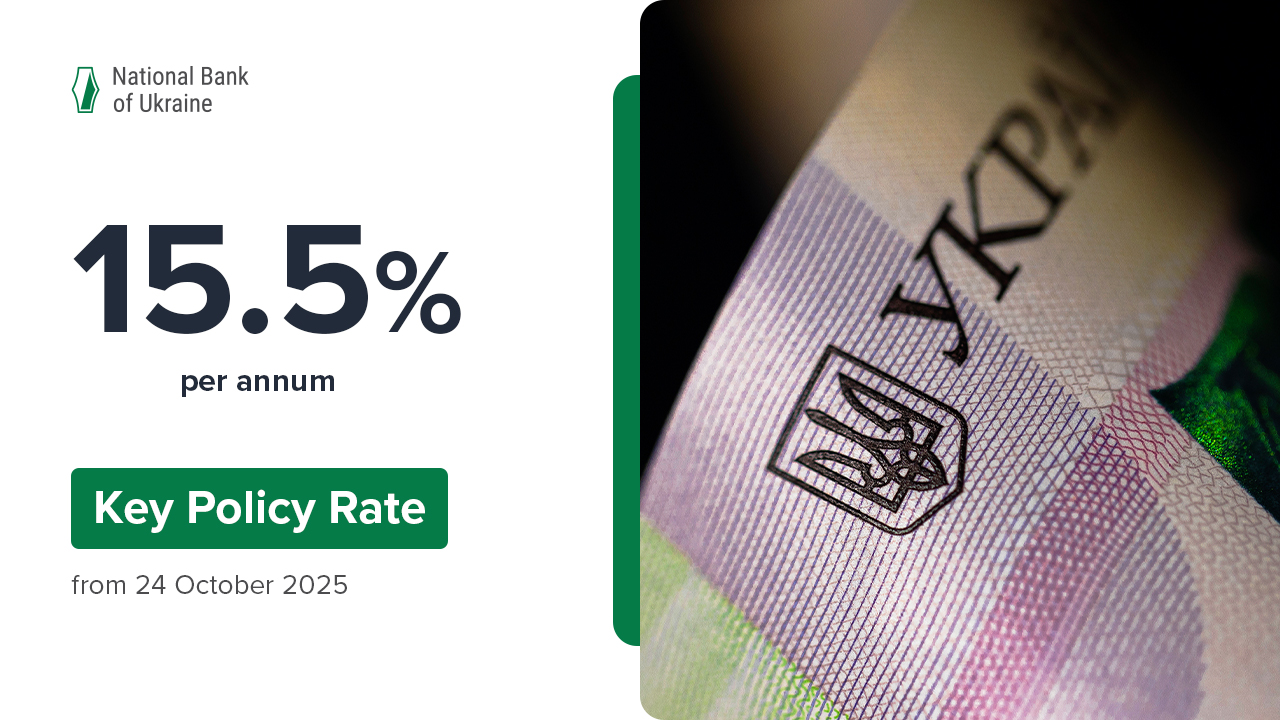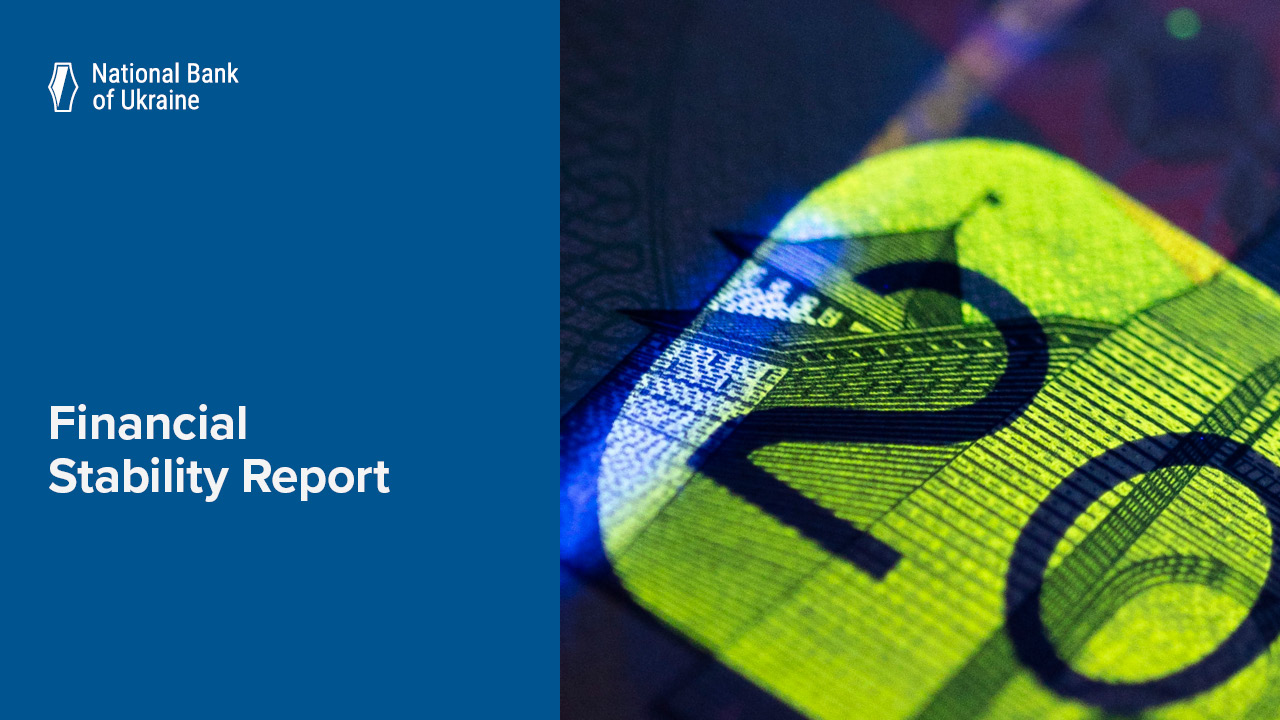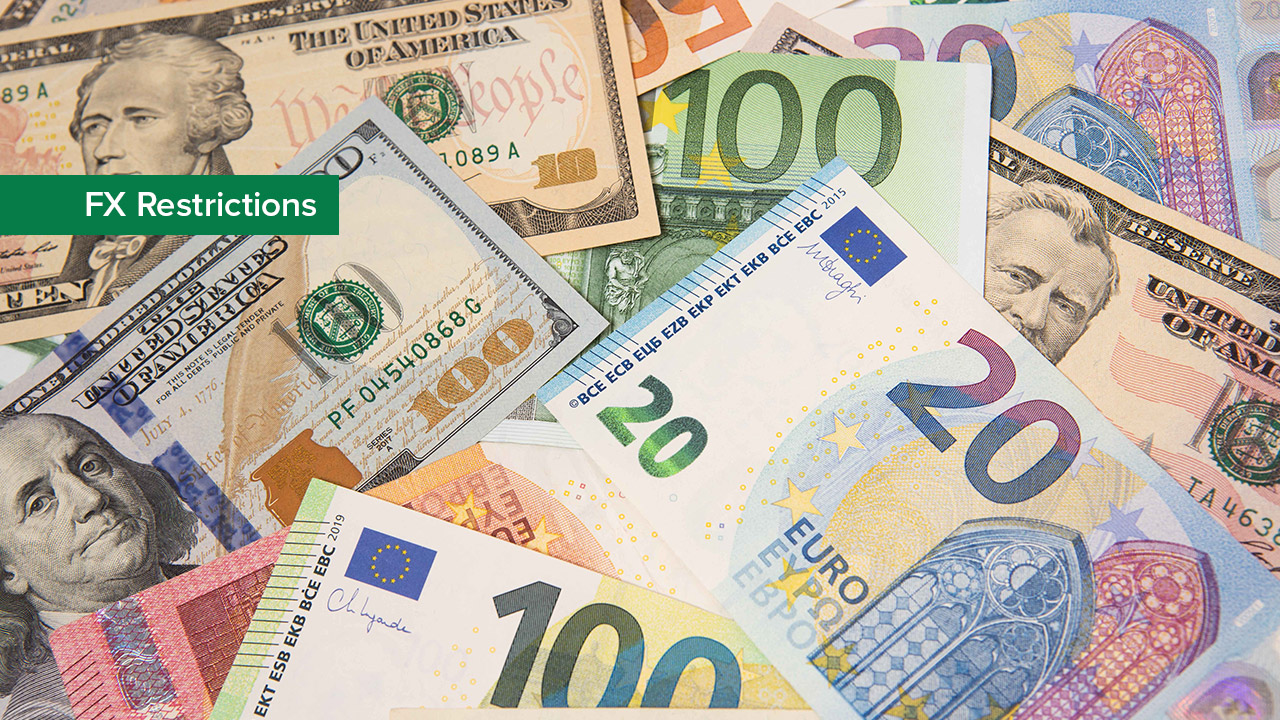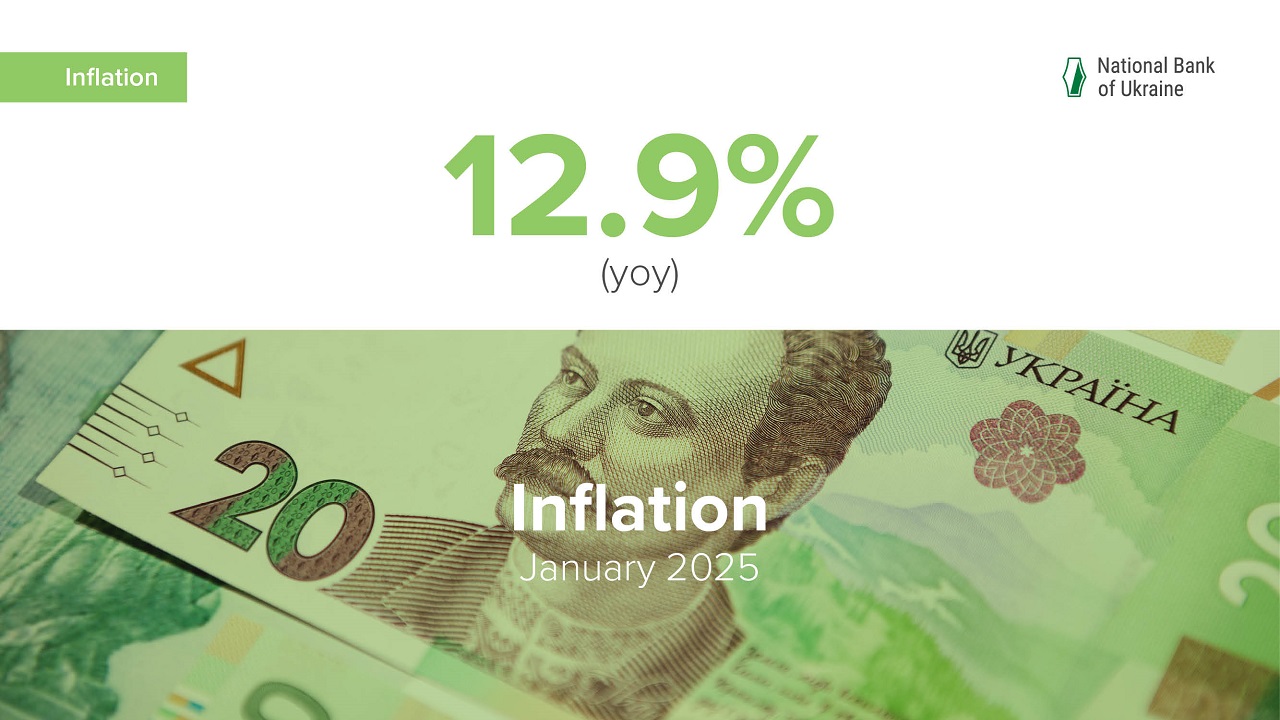In January 2025, inflation accelerated to 12.9% yoy. In monthly terms, prices rose 1.2%. This is according to data published by the State Statistics Service of Ukraine.
Actual inflation slightly exceeded the trajectory of the NBU’s forecast published in the January 2025 Inflation Report. The main reason for the deviation of price developments from the forecast was a more significant increase in administered prices for goods and services and in the cost of market services due to the further growth in production costs, including those of energy and labor, as well as tax and regulatory changes.
Raw-food prices rose 11.8%
In January, the growth in prices for raw foods decelerated in annual terms for the second straight month. January’s record-warm weather helped boost the supply of eggs and milk. The supply of vegetables and fruits expanded as imports increased. By contrast, pork, chicken, and sugar prices approached those in Ukraine’s main trading partners amid sustained exports. Prices for flour and cereals continued to rise, driven by the effects of last year’s low harvests.
Core inflation picked up to 11.7%
The prices of processed food products were up 15.9% yoy in January. The uptick in price growth is attributable to an increase in purchase prices for raw food inputs, as well as to higher production costs related to power, labor, and logistics. As a result, prices for bread, bread products, meat products, and sunflower oil surged. With global prices rising, the prices of certain imported goods, including cheese, tea, coffee, and chocolate, grew as well. However, prices for fermented-milk products and butter stabilized, thanks to a decrease in the purchase prices of raw milk amid a growing supply.
The growth in non-food prices accelerated to 4.3% yoy due to exchange rate effects from previous periods. Meanwhile, clothing and footwear prices remained lower than last year.
Services prices grew 14.2% in January, also picking up pace from December. Part of it is explained away by a revision of tariffs, specifically tariff hikes by some of the mobile operators, an update of the list of paid medical services by state and municipal healthcare providers, and a change of approaches to calculating the cost of MTPL policies.
Administered prices were up 17.5%
In January, prices for excisable products rose faster due to a further adjustment in the prices of alcoholic beverages, while prices for tobacco products were likely pushed higher by anticipated excise hikes. The rise in prices for pharmaceuticals and healthcare supplies and equipment picked up under pressure from production costs. The cost of local phone calls also increased. Meanwhile, the moratorium on raising certain utility prices for households continued to restrain the growth in administered prices.
Fuel prices grew 12.1%
In January, fuel price growth accelerated significantly from December, propelled by more expensive raw materials, excise hikes, and logistical hurdles caused by Black Sea storms at the beginning of the year. However, competition between gas-station chains against the backdrop of a seasonal slump in demand kept fuel prices from rising more significantly.
In its macroeconomic forecast (January 2025 Inflation Report), the NBU projects that inflation will pick up in the first months of 2025 amid the previous year’s low comparison base. The acceleration will be driven both by temporary factors, including a limited food supply due to last year’s lower harvests, and by underlying factors, such as higher production costs related to energy and labor.
However, the NBU expects inflation to return to a sustainable downward trajectory in H2 2025 and move toward the NBU’s 5% target within the policy horizon. The tightening of interest rate policy by the NBU, its measures to maintain FX market sustainability, the expansion of food supply following the arrival of new harvest, the narrowing of the fiscal deficit, and moderate external price pressures will support disinflation.







